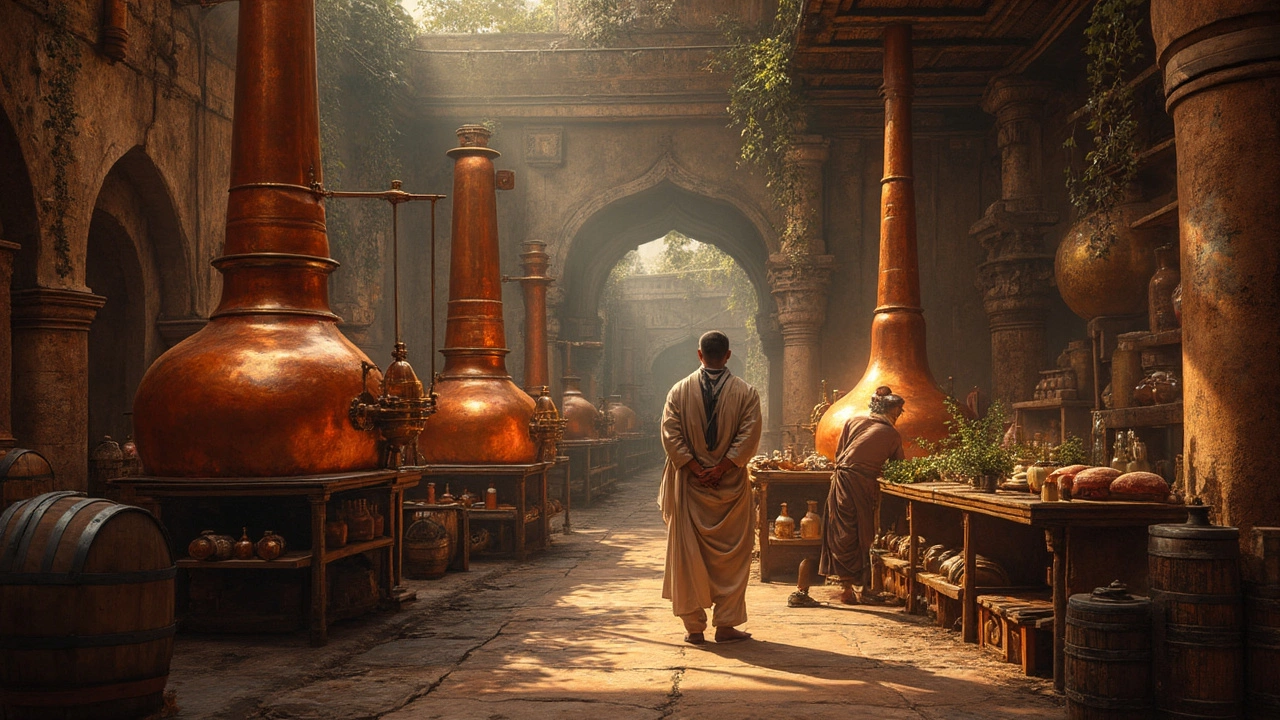
Ever pondered which gin claims the crown as the world's oldest? The answer is a journey back through time, where juniper berries, medicinal purposes, and an evolving craft meet. The origins of gin are far-reaching, with tales intertwined from centuries past. But, when it comes to official brands, only a few have stood the test of time, preserving secret recipes and crafting techniques.
Among the pioneers, Bols stirred things up since 1575, hailing from Amsterdam with its roots in distilling liqueurs and genevers—a predecessor of London dry gin. Still thriving today, Bols continues to serve as a cornerstone of gin history. Let’s dive into what makes these gins special and how you can experience their legacy firsthand.
- The Ancient Roots of Gin
- The Oldest Gin Brand Revealed
- Fascinating Gin Facts
- Tips for Gin Distillery Tours
- What Makes a Great Gin Tour
- Tasting the Classics
The Ancient Roots of Gin
Gin's story doesn't start in smoky bars or at modern-day parties; it's way older than that. Imagine traveling back to the Middle Ages, when people started messing around with juniper berries for their so-called health benefits. This early concoction wasn't really what we'd call gin today, but it was the start.
It was in the Netherlands where the first true gin emerged, in the form of something called 'genever' or 'jenever.' The Dutch started crafting it in the 16th century, claiming it was a cure-all for various ailments. This early gin had a way different flavor profile compared to what most of us sip today. It was more like a whiskey because it was made with malt wine.
By the 17th century, British soldiers discovered genever during their fights on Dutch soil. They quickly carried it back across the English Channel, where it soon skyrocketed in popularity. In a twist of history, gin even found itself linked to the infamous 'Gin Craze' in England. The drink became so cheap and available that it had folks going bananas, causing enough social disruption that the government had to step in with regulations.
Ever wonder why it's called ‘gin’? The name evolved from the Dutch word ‘genever,’ which itself comes from the French word ‘genièvre,’ meaning juniper. That's the berry that gives gin its distinctive piney flavor, making this old beverage still much-loved today.
When you enjoy a gin and tonic, you're really sipping on a glass of history, blending old Dutch traditions with an English twist. It's funny how something that started as a medicinal liquor has evolved into one of the world’s most popular spirits, adored in classic cocktails and on its own.
The Oldest Gin Brand Revealed
If you're a true gin lover, you've probably stumbled upon various contenders vying for the title of the oldest gin brand. While many gin labels boast rich histories, the accolade of the oldest goes to the Dutch powerhouse, Lucas Bols. Founded in Amsterdam back in 1575, Bols isn't just a brand; it's a saga of flavors, craftsmanship, and longevity.
Lucas Bols started as a small distillery producing genevers, the precursor to the beloved gin. Fast forward centuries, and their legacy continues with a modern twist on a classic formula. The secret to their staying power? A blend of heritage and innovation that keeps gin enthusiasts coming back for more.
The brand is renowned for its dedication to quality, marrying time-honored techniques with flavorful botanical infusions. Their commitment is palpable in each bottle, offering a consistent taste that still reflects the essence of its historical roots.
Planning a gin journey to Amsterdam? A visit to the House of Bols should be on your itinerary. There, you can dive into gin history, learn about the subtle nuances of botanicals, and even try your hand at blending—an experience that marries education with a bit of fun.
In a world where fleeting trends come and go, Bols stands as a testament to what staying power and a love for the craft can achieve. Whether you're tasting it neat or in a cocktail, you're sipping on a piece of gin history that's been refined over centuries.
Fascinating Gin Facts
Gin, despite its sometimes fancy image, has an origin story that's pretty down to earth. It started off as a medicine. Yep, people originally drank it for its health benefits; monks made it using the juniper berry which was believed to cure all sorts of ailments. Fast forward a few centuries and we've got gin evolved into a party favorite!
Have you ever wondered why it's called 'gin'? It actually comes from the French and Dutch words for juniper: 'genièvre' and 'jenever'. The Dutch are credited with creating genever, the grandfather of modern gin, in the 16th century. This spirit was so popular that British soldiers picked it up from the Netherlands during the Thirty Years’ War and brought it back to England, coining the term 'Dutch Courage'.
One interesting fact is the sheer number of botanicals you can find in a bottle of gin. While juniper is a must, distillers get creative with ingredients like angelica root, coriander, and even cucumber. This creativity is why no two gins taste exactly alike.
Gin also played a role in some big historical events. Did you know that in 18th century London, gin got so popular among the masses that it caused a social crisis? The Gin Craze led to public drunkenness and the government had to step in with the Gin Act of 1736 to control consumption. But people were determined. They found ways around this law until it was repealed.
There's something quite romantic about the fact that gin distillation today is a mix of age-old traditions and new-age innovation. Brands like the oldest gin brand, Bols, have been doing this for hundreds of years, perfecting their craft over time while still keeping true to their roots.
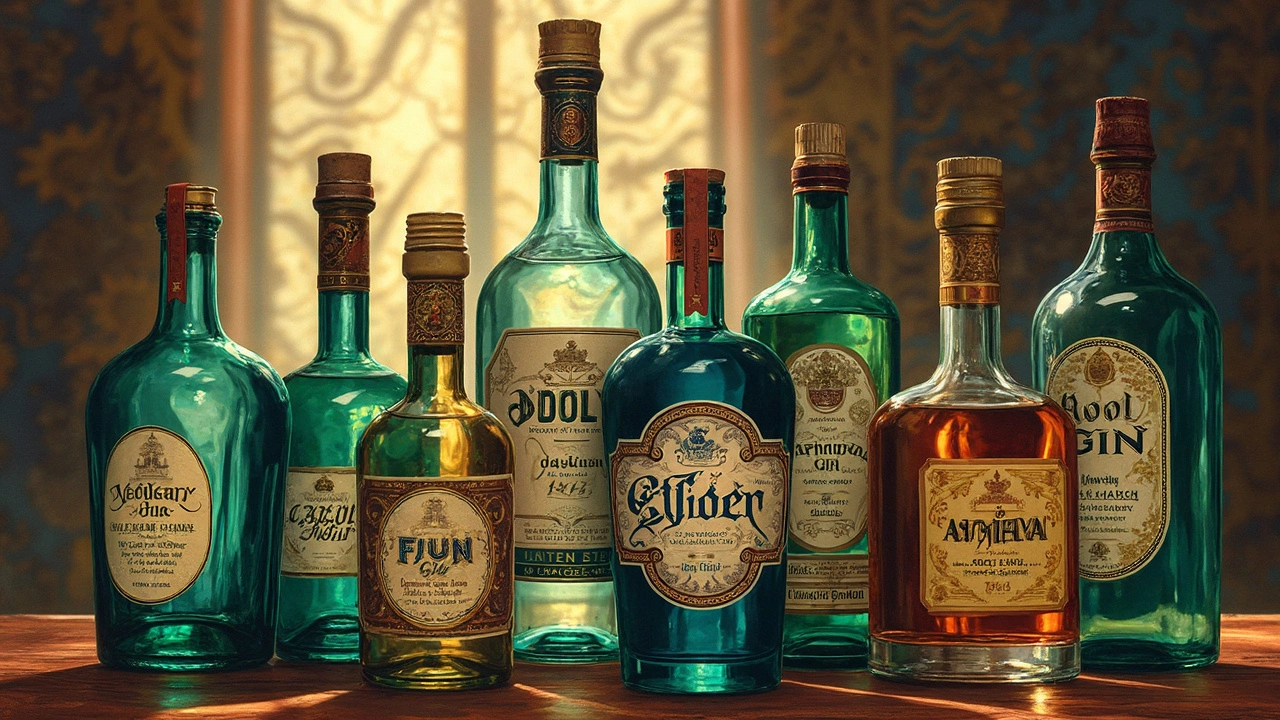
Tips for Gin Distillery Tours
So, you're jazzed to dive into the heart of how some of the oldest gin brands are made? Touring a gin distillery isn't just about sipping on fancy drinks; it’s where history meets mixology in the coolest way. Here’s what you need to make the most out of it.
First things first, always double-check if the distillery requires booking in advance. Many popular spots have specific tour timings, and they fill up fast! As gin gains popularity, spots like those in Edinburgh or Amsterdam can get quite buzzing.
- Research the Oldest Brands: If you're hitting up places like Bols, familiarize yourself with their history. Knowing their story adds a whole new flavor to the tour.
- Dress Smart: Distilleries can have varied climates. While some areas can be cozy, others might be chilly. Layers are your friends.
- Don’t Rush: Take your time to sniff, sip, and savor. The guides often have rich stories tied to every step of their unique process.
- Bring a Notebook: You'll be surprised by the little tidbits and cocktail recipes you'll want to remember.
- Stick Around for a Tasting: This is the highlight! You might just find your new favorite bottle.
Many distilleries also boast cozy bars or cafes where you can chill post-tour. Indulge in their signature cocktails; they know their gin best.
A sprinkle of trivia: Did you know that some distilleries use gin botanicals beyond the usual suspects? Ingredients like Scottish heather or Dutch tulips sometimes sneak their way in, giving each gin its unique twist.
So, grab a friend, plan smartly, and get ready to sample the rich history of gin like never before!
What Makes a Great Gin Tour
Embarking on a gin distillery tour is like stepping into a world where craftsmanship and history blend seamlessly. But what truly makes a tour unforgettable? First off, it should offer a behind-the-scenes glimpse into the distillation process, where you can see how all the magic happens—from botanicals to bottling. The best tours explain the nuances of gin-making without leaving you lost in technical jargon.
One essential element is an engaging tour guide. A guide who’s not only knowledgeable but also passionate can make all the difference, weaving stories about the distillery's history and fun tidbits about gin traditions. It's this storytelling that turns a factory visit into a fascinating narrative.
Interactive elements can elevate the experience even further. Imagine mixing your own botanicals to create a personalized gin or participating in a guided tasting session to learn about the distinct notes of different gin styles. Tastings should cover a range of flavors from the classic London dry to contemporary, fruity blends, ensuring there's something for every palate.
Location plays its part too. Some of the most enchanting distilleries are set in picturesque spots—a Scottish distillery nestled in a glen or an urban factory in the heart of Amsterdam, each offering its unique aura.
- Accessibility: Easy to get to or with clear directions.
- Atmosphere: A welcoming vibe, nicely blending history with contemporary feel.
- Extras: Small perks like a complimentary cocktail or discounts on gin bottles can be the icing on the cake.
Remember, a stellar tour doesn’t just teach you about gin, it makes you feel part of its rich heritage, leaving you with a newfound appreciation for this historic spirit.
Tasting the Classics
If you're venturing into the world of the oldest gins, you're in for a treat. These classic gins are not just about tradition; they're about experiencing a flavor that tells a story. So, how do you go about tasting these time-honored spirits?
First off, you want to start with a proper gin tasting setup. Make sure you have a clean glass, preferably a tulip-shaped one, to concentrate the aromas. Pour a small amount of gin as it allows you to appreciate its nuances without overwhelming your senses.
While enjoying aged gin like Bols, pay attention to the juniper's prominence. With these classics, the juniper isn't just a note; it's the star. In terms of flavor, you might catch hints of coriander or citrus, adding layers to the taste profile.
Here’s a step-by-step on how to make the most of your tasting experience:
- Start by gently swirling the glass to release the aromas. Take a moment to inhale the scent, noting any standout ingredients like juniper or anise.
- Take a small sip and let it roll across your tongue. Focus on the initial flavor hit and what lingers in the aftertaste.
- Consider adding a few drops of water. It can open up new flavors and soften the alcohol’s bite.
Now, let's talk balance. A good gin maintains harmony between its botanicals. As you taste, think about whether you can pick out the different ingredients and if they work well together.
When planning your gin distillery tours, don't miss out on sampling the gins in cocktails. Classic recipes like the Martini or Negroni can elevate the tasting experience by highlighting the gin's strengths.
Here’s a nugget of wisdom: if you ever find yourself at a distillery tour, ask the experts about the story behind each botanical used. It’s these insider tidbits that make tasting aged gins like Bols truly special.
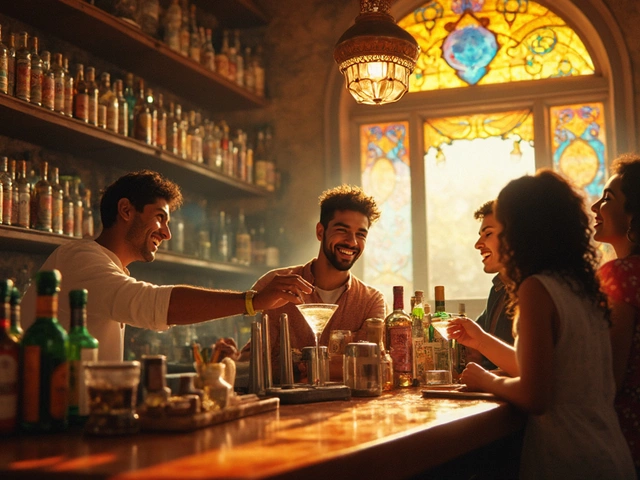

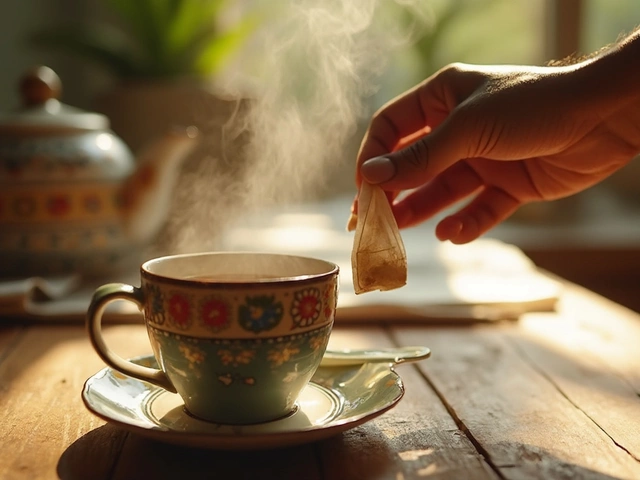

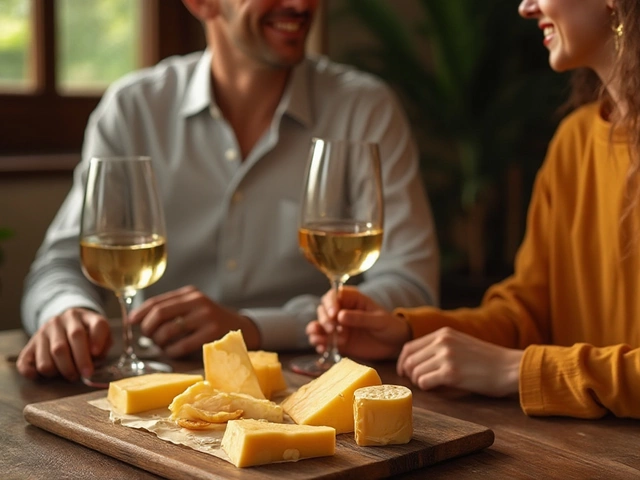
Categories